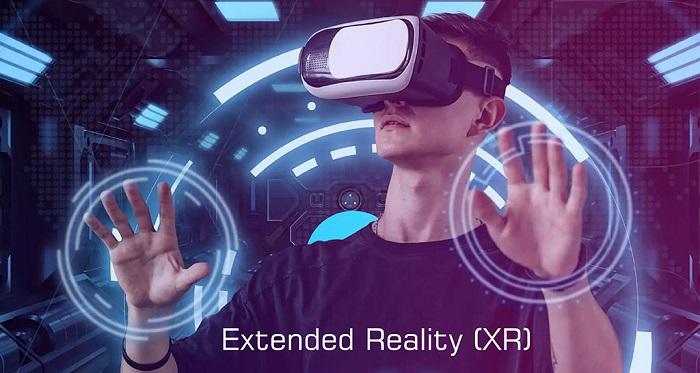The Extended Reality (XR) landscape is evolving at a blistering pace, driven by a constant stream of technological breakthroughs and innovative applications. Staying on top of the key Extended Reality Market Trends is essential to understanding the trajectory of spatial computing. These trends are the primary forces propelling the market from an estimated USD 51.32 billion in 2025 to USD 299.95 billion by 2035, a journey powered by a strong 17.41% annual growth rate. The most impactful trends are focused on making XR more powerful, more intuitive, and more deeply integrated into our daily work and social lives.
One of the most significant trends is the rapid advancement of passthrough Mixed Reality. Early VR headsets were completely occluded, isolating the user from their surroundings. Modern devices, like the Meta Quest 3 and Apple Vision Pro, feature high-resolution color cameras that allow the user to see the real world while wearing the headset. This enables "passthrough MR," where digital objects can be seamlessly blended with the user's physical environment. This trend is a game-changer because it makes the devices far more versatile and less isolating. Users can now easily switch between a fully immersive VR experience and an MR experience where they are still aware of and can interact with their real-world surroundings.
Another crucial trend is the pursuit of more natural and intuitive user interfaces. The days of relying solely on clunky physical controllers are numbered. Advanced hand and eye tracking are becoming standard features on new headsets. Hand tracking allows users to interact with virtual objects using their own hands, just as they would in the real world, creating a far more intuitive experience. Eye tracking not only allows for more realistic avatars that can make eye contact but also enables a powerful optimization technique called "foveated rendering." This technique renders the part of the scene the user is directly looking at in high resolution while reducing the resolution in the periphery, significantly improving performance and efficiency.
Finally, the convergence of XR and Artificial Intelligence (AI) is a transformative trend that is just beginning to unfold. AI is being used to dramatically enhance XR experiences in numerous ways. AI-powered algorithms can create more realistic and intelligent non-player characters (NPCs) in games and simulations. Generative AI can be used to rapidly create 3D assets and entire virtual worlds. AI can also power more sophisticated personal assistants within the XR environment, allowing users to control their spatial computer with natural language commands. This synergy between AI and XR will lead to more dynamic, intelligent, and personalized immersive experiences.

